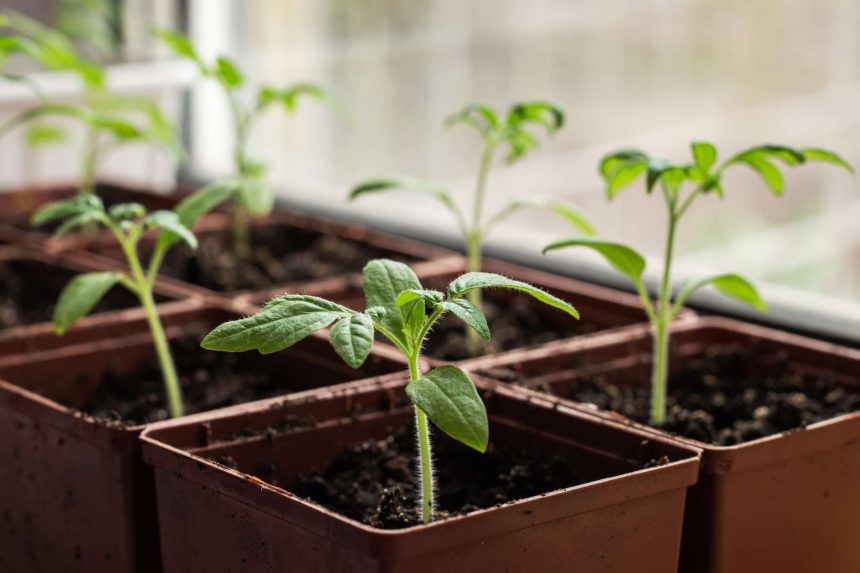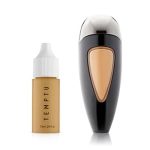It may not feel like gardening season is just around the corner, but seasoned gardeners know that late winter is the perfect time to start seeds for early spring growing. However, not all plants can tolerate the still-chilly temperatures that March and April offer in many areas of the country. For that reason, starting the right seeds at the right time is essential to give your plants the best chance of success.
Here are all the seeds you can start right now for March planting.
Meet the Expert
- Tammy Sons is the founder and CEO of TN Nursery, an online plant nursery based out of Tennessee.
- Valeria Nyman is the chief product officer at Taim.io, a platform that helps people learn how to grow their own vegetables and plan their gardens.
Vegetables to Start in January
According to Valeria Nyman, chief product officer at Taim.io, January is the ideal time to start many cool-season vegetables such as onions, peas, and brassicas (think broccoli, kale, cabbage, collard greens, Brussels sprouts, and more). This goes for gardeners in both warm and cool climates.
“These plants thrive in the chill of early spring, so getting a head start is key,” she says. “A good rule: anything that can survive a light frost should be on your list.”
However, Nyman notes that seeds like tomatoes and peppers can also be added to the lineup for those in warmer areas.
Gardeners in USDA zones eight and above can safely start tomato and pepper seeds indoors for early outdoor planting at the end of February. This will ensure the plants can enjoy two fruiting seasons—one in the spring and one in the late summer and early fall.
Want more gardening tips? Sign up for our free gardening newsletter for our best growing tips, troubleshooting hacks, and more!
Herbs to Start in January
January is the season for starting herbs! In general, you can safely start several different herbs from seed in January, including chives, basil, mint, oregano, parsley, thyme, and sage. However, some seeds, like basil for example, are less cold-tolerant than others on this list, so you may need to delay moving them outdoors depending on your growing region.
Always be sure to check your seed packets for the recommended germination dates and conditions for the best results.
Flowers to Start in January
Vegetables and herbs aren’t the only seeds you can start in late winter. According to gardening pros, there are several cool-season blooms that also fare well with early starts.
The trick is to look for blooms that can tolerate cool temperatures, just in case you get an unexpected frost once you move them outdoors.
“Flowers like pansies and snapdragons are colder-climate plants, as well, and they will be ready to plant or bloom by March into early April when weather conditions improve,” says Tammy Sons, founder and CEO of TN Nursery.
According to the pros, in addition to pansies and snapdragons, petunias, geraniums, coneflowers, poppies, sweet peas are a few more flowers that can be started early. While many of these seeds can also be sown directly in the garden, starting them indoors early gives the plants a better chance at a strong blooming season.
However, not all of these flowers will be ready to bloom in March or April. Coneflowers, for example, bloom in the mid-to late summer, regardless of when they’re started. Sweet peas also tend to bloom in the late spring at the earliest.
When started in late winter, you can expect pansies, snapdragons, petunias, and some varieties of poppies to begin blooming in the early spring months—especially for gardeners in warm climates.
Tips for Starting Seeds Early
A few pro tips can help ensure your seeds get off to the right start.
First and foremost: seeds need warmth and seedlings need light. Focusing on providing your seeds with warm temperatures (Nyman says between 70°F to 75°F is ideal) until germination and then switching to ensuring your seedlings have plenty of light is the most effective way to ensure success.
“Light is your secret sauce,” Nyman says. “Without strong enough light, seedlings stretch out like bad yoga poses—leggy and weak, and back-breaking.”
Since sunlight tends to be limited in the late winter months, you may consider using a grow light to give your seedlings a strong start. Nyman also recommends labeling everything from the start to help you track which seedlings are which.
While mature plants can be easy to tell apart, most seedlings look surprisingly alike—and you don’t want to mix up your basil and tomatoes when it comes time for planting.








